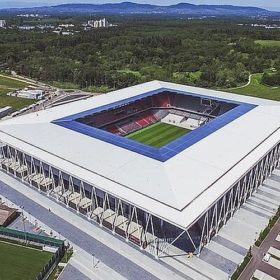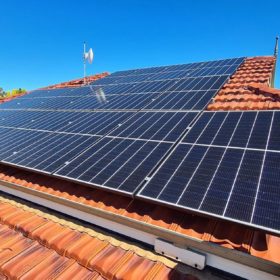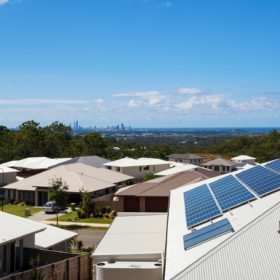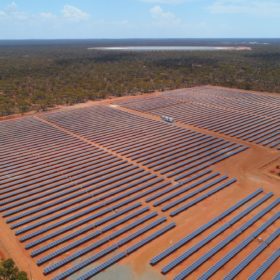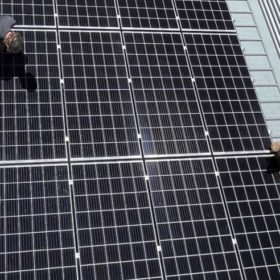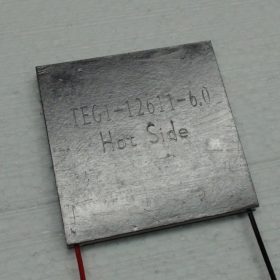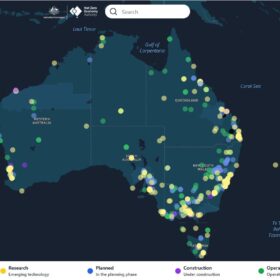Work begins on world’s largest PV system on a stadium roof
The stadium of German football club SC Freiburg will host a 2.4MW rooftop solar array that will be built with heterojunction modules provided by Swiss manufacturer Meyer Burger.
Infinite Energy pulls plug on rooftop solar and battery business
One of Australia’s largest residential and commercial solar PV retailers and installers has announced it will exit the market, declaring low margins and once-in-a-generation disruptions to the supply chain brought on by the Covid-19 pandemic have taken a toll.
WA rolls out new rules to manage booming rooftop solar sector
Western Australia will today introduce new curtailment rules which will allow for all new and upgraded solar PV and battery energy storage installations with an inverter capacity of 5 kW or less to be remotely turned down or switched off in emergency situations.
Latent heat thermal storage with PV for nearly zero-energy buildings
Researchers in Italy are combining PV with latent heat thermal storage (LHTM) and other renewable energy sources to maximize clean energy consumption in buildings. The 47kW PV array and LHTM system work independently, but the scientists said that a heat pump could be used to link them.
Melbourne Airport lands on solar strategy as part of net zero ambition
Melbourne Airport, one of the Australia’s busiest travel, transport and freight hubs, has revealed plans to expand its solar PV energy portfolio just days after formally unveiling one of the nation’s largest behind-the-meter solar farms.
BHP begins work on Northern Goldfields solar+storage system
Construction has commenced on an off-grid solar PV and battery energy storage system which will help power Australian-headquartered resource major BHP’s estimated $1 billion Nickel West mining operation in regional Western Australia.
The panel and the city
U.S. researchers have investigated how rooftop PV systems may affect air and building temperature in urban environments and, conversely, how the urban heat island (UHI) effect may have a negative impact on PV system performance. Their work considered urban air temperature, urban air pollution, the partial shading of the PV system, soiling, building heating and cooling loads, and outdoor shade.
Solar expansion at WA mine to deliver 100% renewables in daylight hours
Remote power generation specialist Zenith Energy will build upon its renewable energy options at Western Australian miner IGO’s Nova nickel site to demonstrate it is possible to use 100% renewables to meet the demands of an operational mine site.
Bendigo banking on Australian-made solar modules for savings
Australian financial institution Bendigo and Adelaide Bank has turned to solar PV to improve its bottom line with a 200 kW rooftop system installed atop its major corporate site in Bendigo in regional Victoria.
Coupling photovoltaics with thermoelectric cooling
An international research team has investigated how solar could be combined with thermoelectric coolers (TECs), which are small solid-state heat pumps used either for heating or for cooling. A system was built with six solar panels, an air duct system, four batteries, a charge controller, TECs, an inverter, heat sinks, a test chamber, and condenser fans.
